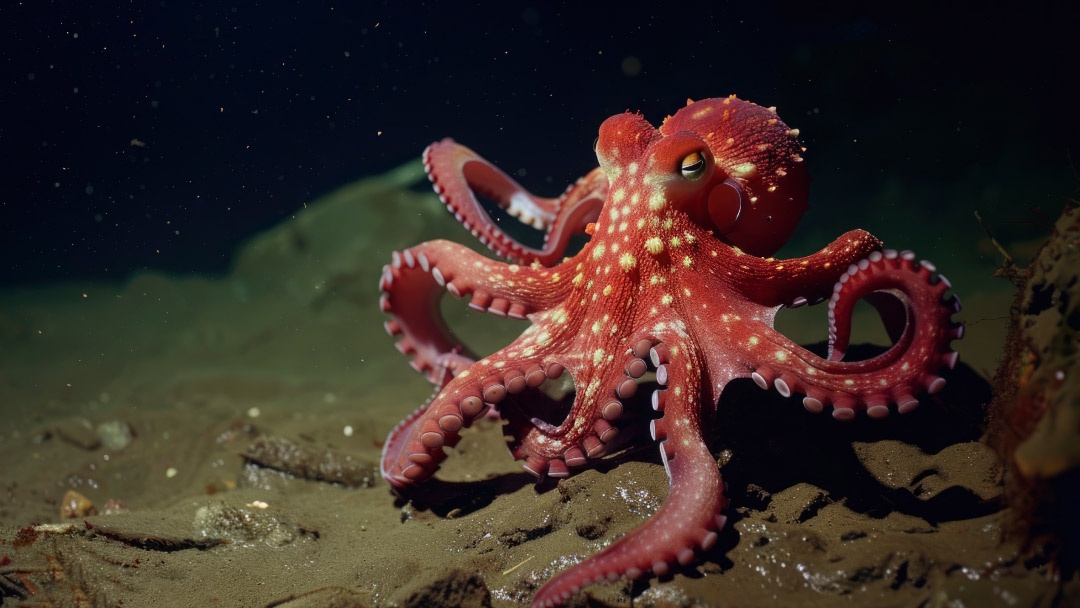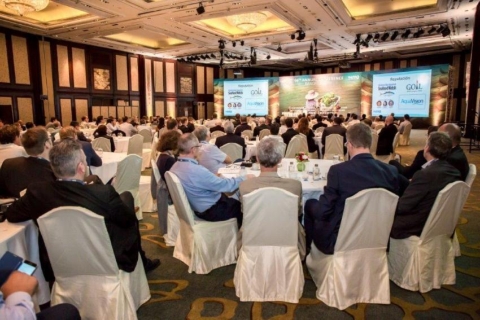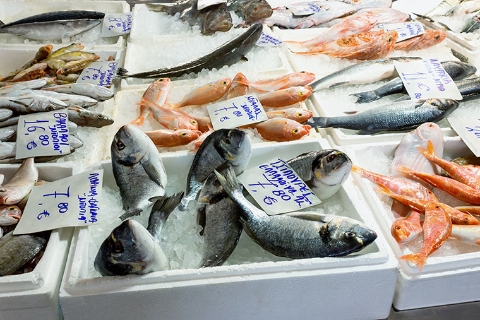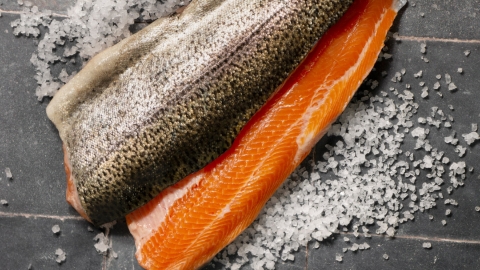
The Patagonian red octopus (Enteroctopus megalocyathus) is gaining attention as a species with strong aquaculture potential in southern Chile and Argentina. Its rapid growth, high market value, and tolerance to cold waters make it an attractive candidate for farming. However, its commercial production is still hindered by the challenges of feeding newly hatched paralarvae, which currently rely entirely on live prey such as Artemia and juvenile crabs.
To address this limitation, a team of researchers from Chile, Mexico and Spain has tested a formulated moist diet as a partial alternative to live feed during the first 15 days of paralarval development. The aim was to assess whether a soft, nutrient-rich feed could be accepted and digested by these early life stages, while supporting healthy growth and physiology.
The study, published in the scientific journal Aquaculture International, compared two dietary treatments: one based solely on live prey (Artemia+ crab), and another in wich 20% of that live feed was replaced with the formulated moist diet.
“The early stage was identified as an optimal period to assess a formulated diet for Patagonian red octopus larvae,” the author explain.
Encouragingly, the paralarvae readily consumed the moist diet “and no instances of cannibalism were observed”. Moreover, there were no significant differences in growth or digestive enzyme activity between the two groups, as reported in the study.
However, survival was lower in the group that received the formulated moist diet showing a 16.8% reduction compared to those fed the Artemia and crab diet.
In terms of antioxidant defences, a significant decrease was recorded in glutathione peroxidase activity in the formulated diet group showing a significant reduced by 65% in those fed Artemia, crab and formulated diet. Levels of another antioxidant enzyme, superoxide dismutase remained unchanged.
Both groups retained key fatty acids such as arachidonic acid (ARA), EPA and DHA, which are essential for early development. The authors note that “the retention of 20:1n-9, 20:4n-6, 20:5n-3, and 22:6n-3 in both dietary groups highlight the physiological demand for these fatty acids during early paralarvae development.”
While the moist diet did not lead to improved survival, its acceptance and comparable physiological performance suggest it is a promising tool for delivering feeding strategies in octopus hatcheries. As the author conclude, “the fact that moist diets were accepted by the paralarvae, despite no growth or survival was improved, suggests that further enhancements in paralarvae nutrition should be improved by optimizing the nutrient requirements.”
The research was funded by the Chilean National Agency for Research and Development (ANID–FONDECYT projects 1200668 and 3220533), the INCAR Centre (FONDAP 1523A0007), and the INLARVI network.



